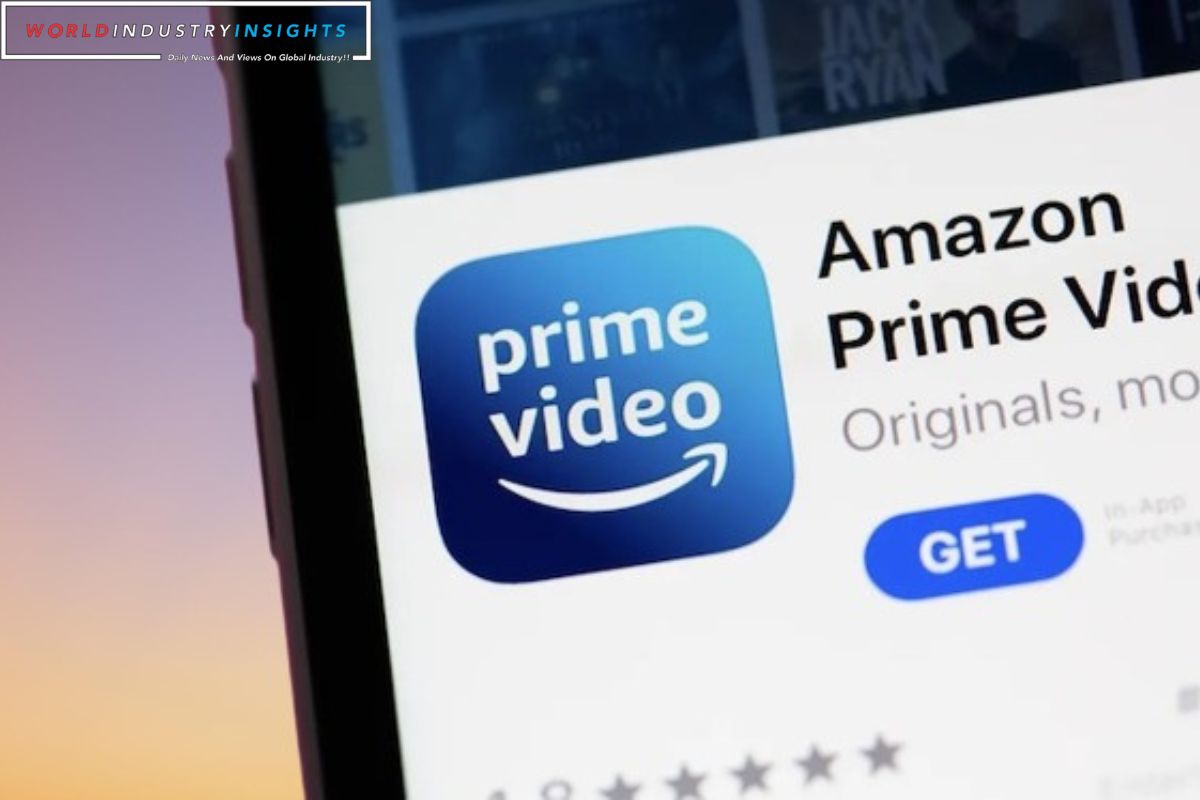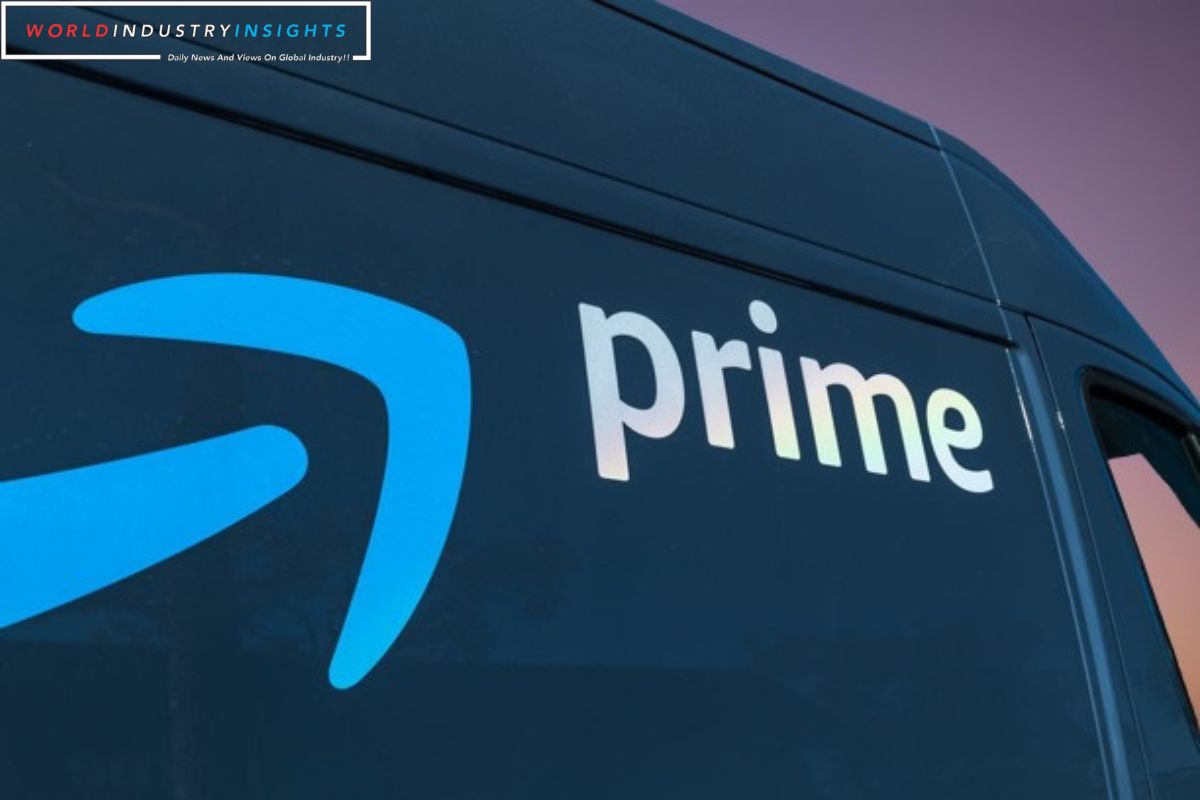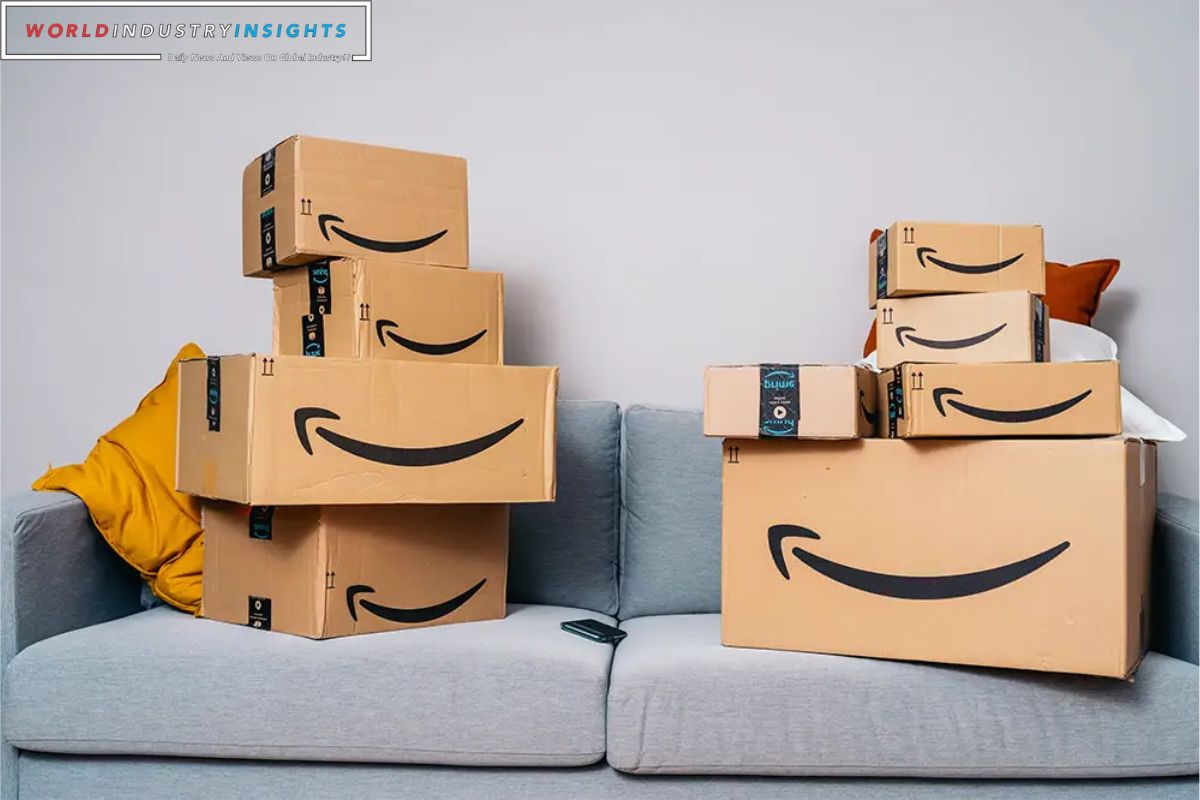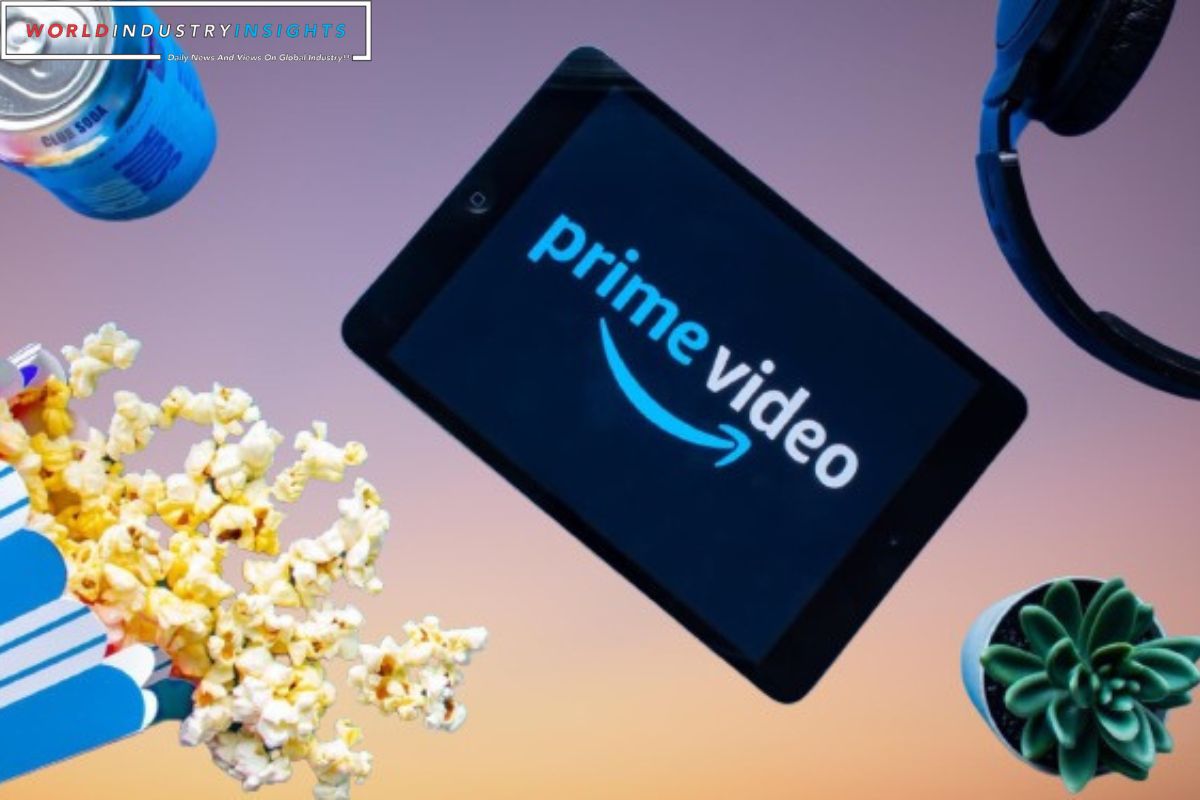Amazon’s Prime Dilemma: Amazon’s Prime Video has long been a popular streaming service, offering subscribers access to a vast library of movies and TV shows. However, the recent integration of ads into the platform has sparked a significant backlash among users.
What was once a seamless and uninterrupted streaming experience has now become littered with commercial interruptions. This move by Amazon has left many questioning the company’s commitment to providing value for its Prime members and has ignited a heated debate about the future of ad integration in streaming services.
Is this a necessary evil to offset rising content costs or a betrayal of the very essence of Prime Video? The answer lies in understanding the implications of this decision and the potential consequences for both Amazon and its loyal subscribers.
Key Takeaways
- Integration of ads on Prime Video has sparked backlash among users, leading to frustration and disappointment expressed on social media.
- Critics argue that Amazon is taking advantage of its dominant position and raising questions about the future of streaming services.
- Concerns are rising among users regarding the extra charge for an ad-free option, questioning Amazon’s commitment to providing value.
- The potential alienation of users who value uninterrupted streaming and the possibility of a backlash from Prime Video users are significant issues.
Amazon’s Bold Move: Prime Video Ads and Price Surge
Amazon’s recent decision to integrate ads on Prime Video and increase subscription costs has sparked a wave of controversy and debate within the streaming industry. While some argue that this move is necessary for Amazon to remain competitive and continue offering affordable streaming services, others view it as a betrayal of the ad-free experience that Prime Video has long promised its subscribers.
Also Read: Amazon Fires Back: Seeks Dismissal of $1 Billion Antitrust Lawsuit
The integration of ads has been met with significant backlash, with many users expressing their frustration and disappointment on social media platforms. Additionally, the decision to raise subscription costs has only added fuel to the fire, with critics arguing that Amazon is taking advantage of its dominant position in the market to squeeze more money out of its loyal customer base.
This move by Amazon raises important questions about the future of streaming services and the balance between generating revenue and maintaining customer satisfaction.
Streaming Industry Shift: The End of Affordable Subscriptions
As streaming giants like Netflix and Disney Plus continue to increase their subscription prices, the era of affordable streaming subscriptions appears to be coming to an end. Gone are the days when consumers could enjoy a wide range of content without breaking the bank.
The initial allure of low-cost streaming platforms was a game-changer, allowing viewers to access a vast library of movies and shows for a fraction of the cost of cable TV. However, as the industry evolves and competition grows, these platforms are facing the challenge of sustaining their high-quality content while also turning a profit.
The recent surge in subscription fees reflects this struggle, leaving consumers feeling the pinch. It begs the question: are we witnessing the end of affordable streaming subscriptions? With more players entering the market and demanding their share of the pie, it seems inevitable that prices will continue to rise, putting strain on consumers’ wallets.
The streaming industry is at a crossroads, where affordability and quality content may no longer go hand in hand.
Amazon Prime Video’s Pricing Strategy
With the recent announcement of Amazon Prime Video’s new pricing structure, concerns are rising among users regarding the introduction of an extra charge for an ad-free option. This move by Amazon raises questions about its commitment to providing value and customer satisfaction.
While it is understandable that businesses need to generate revenue, it is crucial to strike a balance between profitability and customer experience. By charging an additional fee for an ad-free experience, Amazon may be alienating a significant portion of its user base who value uninterrupted streaming.
Furthermore, this pricing strategy seems to contradict the very essence of Amazon Prime, which was initially marketed as an all-inclusive subscription service. It remains to be seen whether this decision will backfire and lead to a backlash from Prime Video users.
Justification and Assurance: Amazon’s Response to Backlash
In an attempt to address the growing concerns and backlash from users, Amazon has responded by justifying their decision to introduce ads on Prime Video and assuring customers of a more seamless viewing experience compared to traditional TV and other streaming providers.
The company defends its move by emphasizing the need for continued investments in compelling content. Amazon acknowledges that ads may disrupt the viewing experience, but promises to strike a balance and minimize interruptions.
This justification raises the question of whether the introduction of ads is truly necessary to sustain and improve Prime Video’s offerings. While Amazon claims to provide a more seamless experience than traditional TV, it remains to be seen whether customers will accept this compromise and whether Amazon’s justifications will be enough to quell the growing backlash.
User Outcry: Social Media Backlash and Customer Dissatisfaction
The surge of discontent expressed by users on social media platforms highlights the significant backlash faced by Amazon over their introduction of ads on Prime Video. The online community, particularly on platforms like Twitter and Reddit, has been vocal in expressing their dissatisfaction with this move.
Entertainment news accounts, with their large following, have played a crucial role in disseminating information about the ad integration, further fueling the outrage. Users have taken to social media to voice their displeasure, with many expressing their intent to cancel their Prime subscriptions in protest.
The backlash not only demonstrates the disappointment among Amazon Prime’s subscriber base but also raises questions about the company’s decision-making process and their understanding of customer preferences. Amazon now faces the challenge of addressing this user outcry and finding a way to regain the trust and satisfaction of their customers.
Conclusion Of Amazon’s Prime Dilemma
In conclusion, Amazon’s integration of ads into its Prime Video platform has sparked a backlash among customers, leading to dissatisfaction and concerns about the future of affordable subscriptions in the streaming industry.
While Amazon has justified its pricing strategy, the user outcry on social media highlights the need for companies to carefully consider the impact of such changes on their customers.
This move raises questions about the balance between profit-making and providing a satisfactory user experience.




